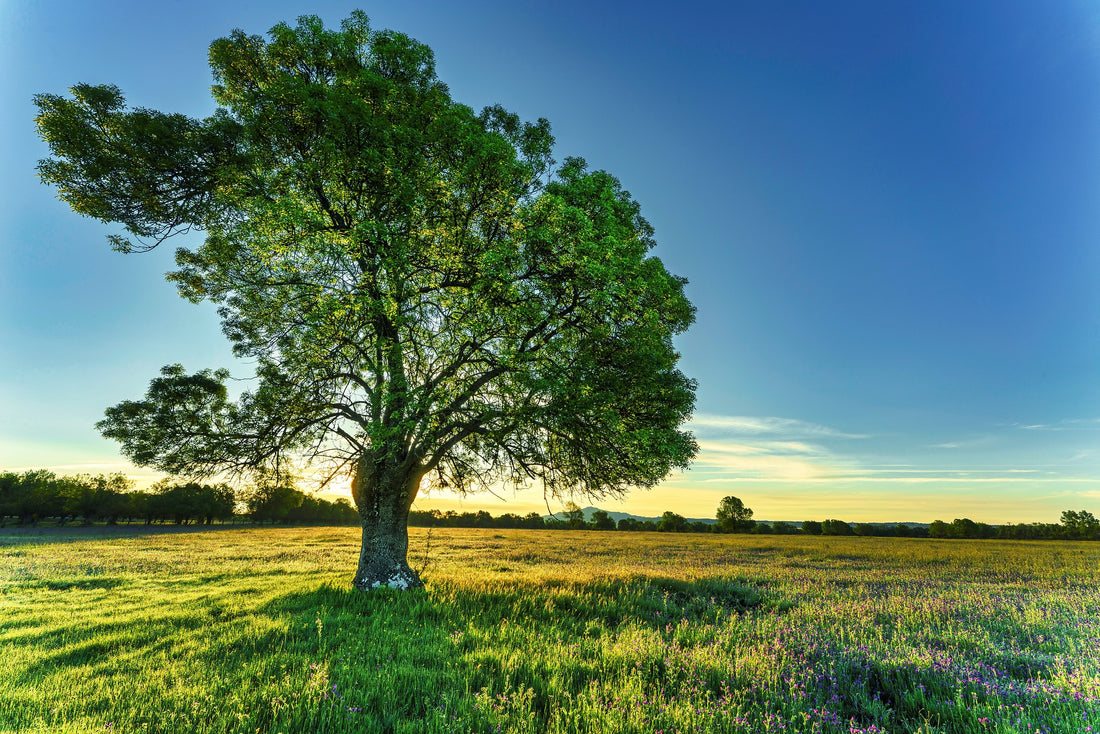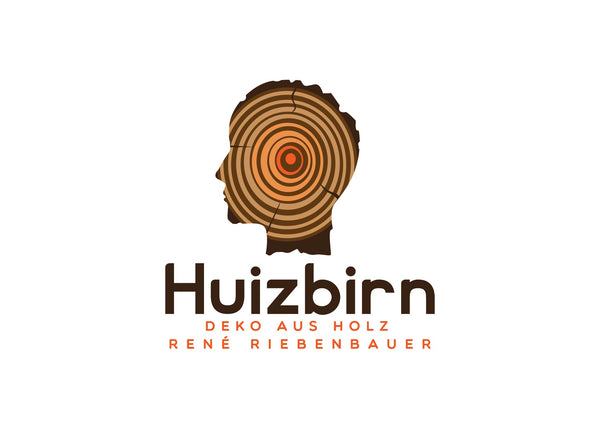
The Ash & Ash Wood
The "common" ash
The ash (Fraxinus exelsior) is a deciduous tree species native to Europe. Ash trees can reach a height of 40 meters, making them among the tallest deciduous trees in Europe. However, ash accounts for only about 1% of our forests.
This is precisely why it is one of the most remarkable trees in our forests. With its stately appearance and the diverse uses of its wood, it plays an important role both ecologically and economically.
The ash tree is known for its dense foliage. The bark is smooth when young, but develops a rustic, cracked appearance with age.


Habitus & distribution of the ash
Ash trees grow to 40 meters tall under favorable conditions, but when standing alone in gardens or meadows, they usually only grow to around 20 meters. They typically reach an age of 250 years—as long as they remain healthy.
Currently, Europe's ash populations are threatened by a fungus (Hymenoscyphus fraxineus), leading to the dramatic decimation of many ash stands. Felling is often the only solution.
The leaves of the ash tree are pinnate and throughout the year the ash tree is known for its winged seeds.
The ash tree prefers, among other things, moist, nutrient-rich locations and can be found in deciduous or mixed forests as well as in isolated locations.


The ash tree has significant ecological benefits. It provides food and habitat for a variety of animals. Furthermore, its deep-root system contributes significantly to soil stability.
Well-known ash species:
- Common ash (Fraxinus exelsior)
- Flowering ash (F raxinus ornus)
- Chinese flowering ash (F raxinus paxiana)
- Narrow-leaved ash (Fraxinus angustifolia)
- Oregon ash (Fraxinus latifolia)
- American ash ( Fraxinus americana)
Note: The ash is not related to the rowan.
Ash wood is known for its hardness, elasticity, and toughness. Therefore, economically speaking, it is one of the most versatile and important domestic wood species.
Use of ash wood:
- Furniture
- parquet
- Sports equipment
- tool handles
- firewood
- Various wood turnings made of ash wood , wooden kitchen utensils , etc.
Ash wood is relatively heavy, usually light in color, and has a beautiful, characteristic grain that also makes it attractive for decorative purposes. However, there is a special type of ash wood: Ash wood can sometimes be dark, provided the core has a brown color. In this case, it is referred to as "core ash" or "olive ash."
This discoloration does not affect the quality or stability of the wood, but only affects its appearance.
Due to its durability, ash can sometimes even be used outdoors.
Use of ash wood
- Furniture construction, flooring: Ash wood is not only decorative, but also hard and durable.
- Wooden kitchen accessories : Due to its hardness, it is often used for all kinds of kitchen utensils, cutting boards, children's toys, writing utensils , etc.
- Tool handles : Ash wood is tough and elastic – making it ideal for tool handles.
- Firewood: Due to its hardness, ash wood has an excellent calorific value


My conclusion about ash and its wood
Similar to the common beech, which is also valued for its hardness and versatility, the ash tree is characterized by many properties that make it particularly valuable for both ecological and economic purposes.
The wood has its own characteristics and can take on many different appearances. It's not just decorative—it's also excellent for woodturning. Ash trees are impressive specimens in Europe. One can only hope that the problem of ash dieback can be contained in the medium term to prevent further threats to this magnificent deciduous tree.
I enjoy working with ash wood and use it to make wood products such as:
- wooden writing instruments
- wooden vases
- wooden wall clocks
- Spice mills
- wooden jewelry
- Wooden bowls & fruit bowls
Curious about ash wood? Then check out all the Products made from ash wood to.






